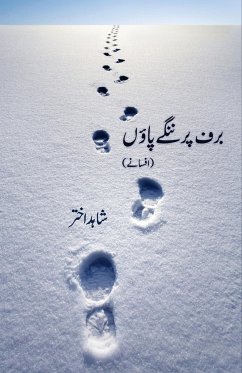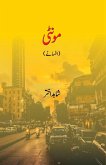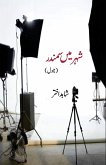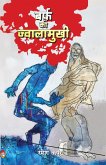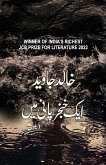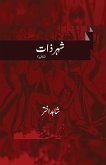After 1970, some fiction writers raised questions that the story and narration have been removed from fiction and such a confusing atmosphere is being created, which does not allow fiction to be comprehensible. This voice of protest grew louder by the 1980s, and modern fiction writers began to favor non-metaphorical and narrative styles in order to bring back the anecdotal. This is the stage in the context of which the yeast of Shahid Akhtar's stories developed. He began to grasp the new landscape of human tradition and social breakdown amidst the living and breathing characters. We can consider Shahid Akhtar as a representative of the updated and modern tradition of Urdu fiction. Shahid Akhtar's fiction is a process of capturing the universal feelings of life and seeing fictional reality through the eyes of a viewer without creating an analytical or interpretive impression. Shahid Akhtar has made these characters of big cities his subject which are called Margined Characters. These cities include Mumbai and Kanpur. There is a lot of fiction on Mumbai in Urdu but Shahid Akhtar has presented Mumbai as a symbolic city in his fiction, so Kanpur is his main palace where he observes and studies the basic institutions of life which are fundamental to every other values. captures the scene of destruction.
Bitte wählen Sie Ihr Anliegen aus.
Rechnungen
Retourenschein anfordern
Bestellstatus
Storno

